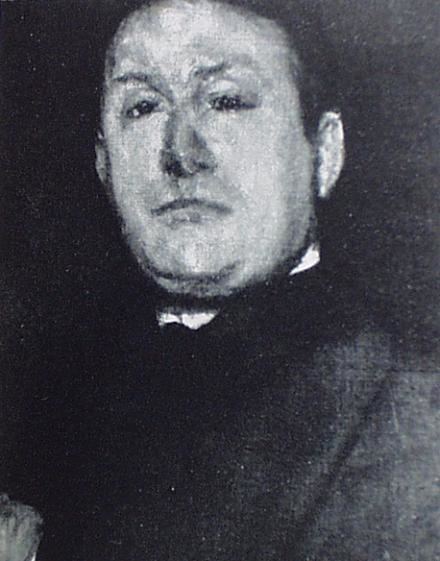Name Richard Canfield | ||
 | ||
Died December 11, 1914, Manhattan, New York City, New York, United States | ||
Richard Albert Canfield (June 28, 1855 – December 11, 1914) was a prominent American businessman and art collector involved in illegal gambling throughout the northeastern United States during the late 19th and early 20th century. Known as the "Prince of Gamblers," Canfield was one of the earliest to develop the modern day "resort casino." The solitaire game Canfield is named in his honor.
Biography
Canfield was a direct descendant of John Howland, who came to the United States on the Mayflower in 1620 and settled in Massachusetts. Born in New Bedford, Massachusetts, Canfield worked in various jobs prior to running a small faro parlor in Pawtucket, Rhode Island which eventually led to his arrest. Despite this, he soon established a gambling parlor and had been a well-known gambling operator in Providence, Rhode Island before moving to New York in the 1880s, operating Canfield's Clubhouse at 5 East 44th Street next to the famous Delmonico's Restaurant. During the next twenty years, his high-stakes gambling resorts would become popular in New York's underworld until repeated raids by New York district attorney W.T. Jerome during the early 1900s would force Canfield to close his New York casinos in 1904.
In 1883, Richard Albert Canfield took a partnership in the Saratoga Clubhouse in Saratoga Springs, New York and bought it outright the following year for $250,000. Canfield invested an estimated $800,000 in enhancing the building and the grounds of Congress Park to bring them up to the standards of the top European establishments. In 1902-3, he added a sumptuous dining room to the back of the Clubhouse fitting it with stained glass windows and an early form of air conditioning. He ordered marble statuary for the Italian gardens in the northeast corner of Congress Park. The elegant atmosphere made the cream of society feel welcome to bet their money on the Clubhouses’s many games of chance. Canfield was recognized as the King of the Gamblers; Saratoga Springs was seen as the American Monte Carlo. In Saratoga Springs, he kept the Clubhouse going until 1907. The clientele during this period included not only members of wealthy families like the Whitneys, Vanderbilts and J. P. Morgan's, but gambling legends like Diamond Jim Brady and John Warne "Bet-a-Million" Gates, and prominent entertainers like Gate's girlfriend Lillian Russell and impresario Florenz Ziegfeld. This socially distinctive era, regarded as the city's golden age, ended in 1907 when reformers succeeded in banning gambling in the city. Canfield retired and sold the hotel and grounds to the city four years later, in 1911. The Pure Food and Drug Act hurt sales of bottled Saratoga Water, and the year after buying from Canfield, the city bought the Congress Hall hotel and bottling plant and demolished them.
In his later years, Canfield owned and operated a successful glass making business and continued adding to his art collection (a personal friend of James Abbott McNeill Whistler, Canfield possessed the second largest Whistler collection in the world prior to his death). The famous Whistler collection of Canfield's was the second largest in the country and sold to M. Knoedler Co. in 1914 - 34 of Canfield's Whistlers - oils, water colors, pastels, pen and ink and pencil drawings - but not the portrait of Richard himself. Whistler and Richard were very close friends. Whistler's last work was of Canfield whom he called teasingly,"His Reverence".
In December 1914, he was seriously injured in a New York subway station on 14th Street and, later that night, died from a fractured skull sustained in the fall. After his death on December 11, he was cremated and his ashes brought back to New Bedford and was interred in the family plot in the Old Section of Oak Grove Cemetery in New Bedford.
